Designing sheet metal parts is hard. There are a lot of ways to screw it up. Screw it up, and you’ll spend more money, take longer, and be frustrated. Follow these tips, and you’ll save time, money, and frustration. Here are the top 12 mistakes to avoid when designing sheet metal parts to ensure your parts are made efficiently and effectively.
To avoid screwing up sheet metal parts, you need to focus on material selection, manufacturability, and communicating effectively with your manufacturer. The key mistakes people make are ignoring DFM principles, putting features too close to bend lines, and selecting the wrong finishes.
If you understand these mistakes, you’ll get better at designing parts. Not making these errors will make your parts easier to make and better quality. Whether you’re new to sheet metal design or you’re an experienced designer, this will help you get better results.

Why is Material Selection Crucial?
Material selection is important when designing your sheet metal parts. The properties of the material, like how strong it is, how flexible it is, and how much it costs, will all affect how well your parts perform and how easily they are made. For instance, if you are designing something that needs to be lightweight, you might want to use aluminum. If you need something that needs to be corrosion resistant, you might want to use stainless steel.
If you do not choose the right material, you might end up with parts that don’t work well in their intended environment. For instance, if you use plain steel in a salty marine environment, it will rust very quickly. Make sure to consider your application and environment when selecting materials to make sure your parts will last and work well. Also, your material selection can affect how easily you can make your parts and how much they will cost. For instance, if you use a high-strength material, you might need special equipment or processes to make your parts, which can drive up your cost.
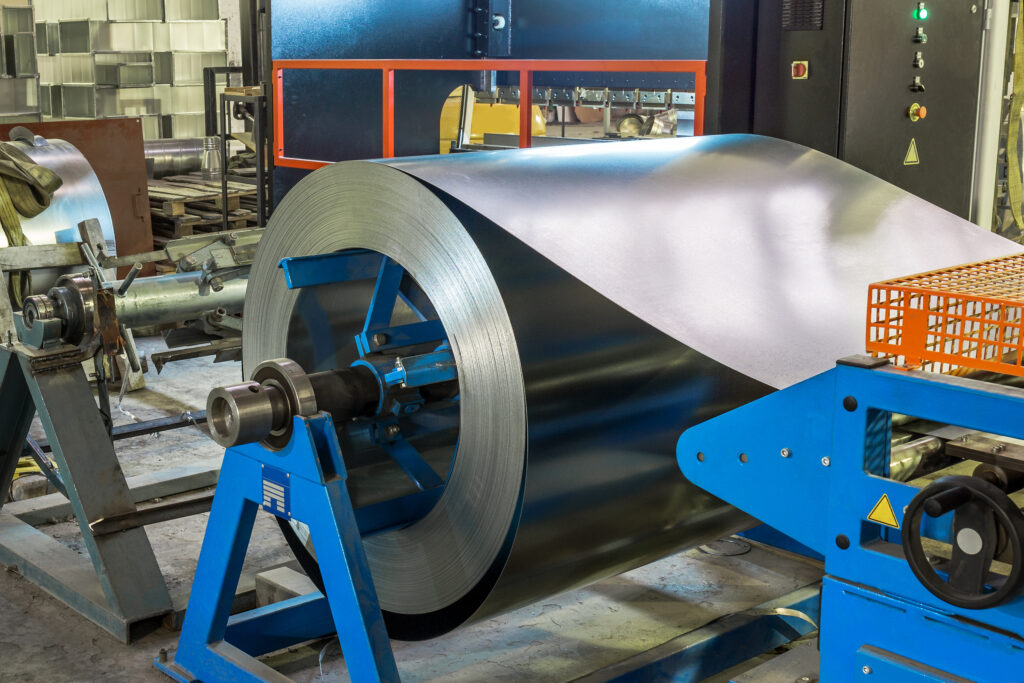
What is DFM and Why Should You Care?
DFM stands for Design for Manufacturability. This is the process of designing your products in a way that makes them easy and inexpensive to manufacture. If you get your manufacturer involved early in your design process, they can help you identify potential problems and make your design more manufacturable. This includes considering things like the bend radius, material thickness, and feature placement to make sure your design can be made with standard manufacturing processes.
If you do not design for manufacturability, your parts will cost more and take longer to make. For instance, if you have a bunch of complex bends and features, you might need special tooling to make your parts, which will increase your costs. If you simplify your design and make sure it can be made with standard processes, you will save time and money. Also, getting your manufacturer involved early can help you with material selection and process optimization, which can make your production cycle more efficient.
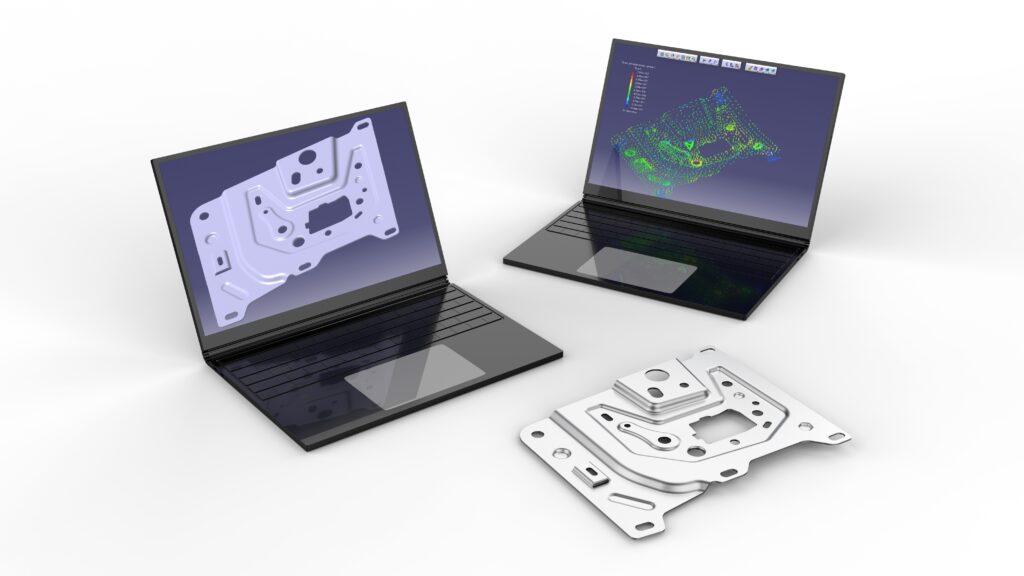
Why are Tolerance Specifications Important?
It is important to set tolerances that are realistic in sheet metal design. Tolerances define the allowable range of variation in the dimensions of your part. If your tolerances are too tight, you will have trouble making the part and it will cost you more money. If your tolerances are too loose, your parts won’t fit together.
You need to find the right balance between being very precise and being able to make your part. Work with your manufacturer to determine the right tolerances for your design to make sure you can make your part and that the final product is high quality. You need to understand what your manufacturing processes can do and set tolerances that you can achieve without making things too expensive or complicated. This will reduce rework and make sure you have consistent quality.
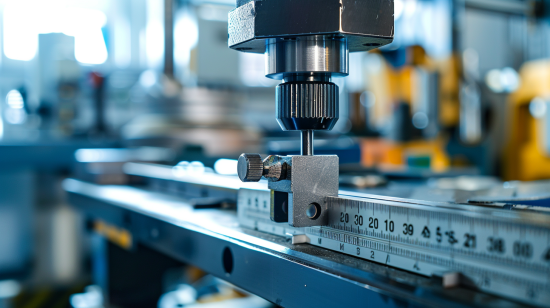
How Do You Use 3D Models Correctly in Sheet Metal Design?
People use 3D models all the time in design, but when you are designing sheet metal parts, it is important to accurately show the bends and other features. A common mistake is to design your part as a solid object without considering how the flat sheet metal will behave. During the manufacturing process, you will need to bend, form, and cut the flat sheet metal to make it into the final shape.
Make sure your CAD files show where the bends are supposed to go and that your entire part has the same thickness of material. For instance, if your part uses 0.125 in. thick aluminum, the entire part needs to be that thick. This will help you avoid manufacturing problems and make sure you can make your part as designed. Also, make sure that features like holes and tabs are located correctly relative to the bends to make sure your part doesn’t distort and will be strong.
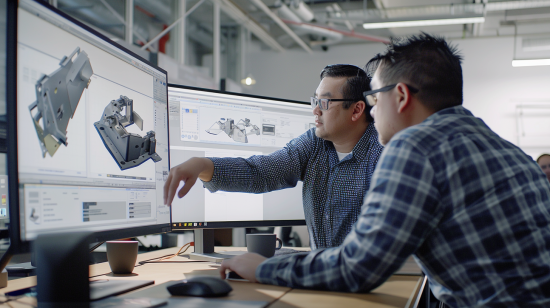
What Happens if Features are Placed too Close to Bend Lines?
If you put features like holes and tabs too close to bend lines, you will have trouble making your part. You need to follow the 4T rule: Keep all features at least four times the material thickness away from bend lines. This will allow you to bend the part without deforming your features.
For instance, if you are designing something that uses 0.050 in. thick copper, you need to give your features at least 0.200 in. of clearance. If you don’t do this, you will get parts that are deformed and it will cost you more money to make them. If you place your features correctly, your part will be strong and easy to make. Follow this rule, and you won’t have problems like misaligned holes and areas that are weak.

Why is Considering Bend Radius Important?
When you are designing corners in sheet metal, it is important to consider the bend radius. When you bend sheet metal on a press brake, you don’t get a perfect 90-degree angle; you get a rounded tip on the bend. The inside bend radius is usually 0.030 in., and that affects the outside bend radius.
You can save money on tooling and make the manufacturing process easier if you use the same bend radius for all the bends in your part. Make sure you put the bend radius in your model to make sure the final product meets your requirements. You also need to consider the material you are using and how that affects the bend radius. Different materials have different minimum bend radii, which you need to account for in your design.
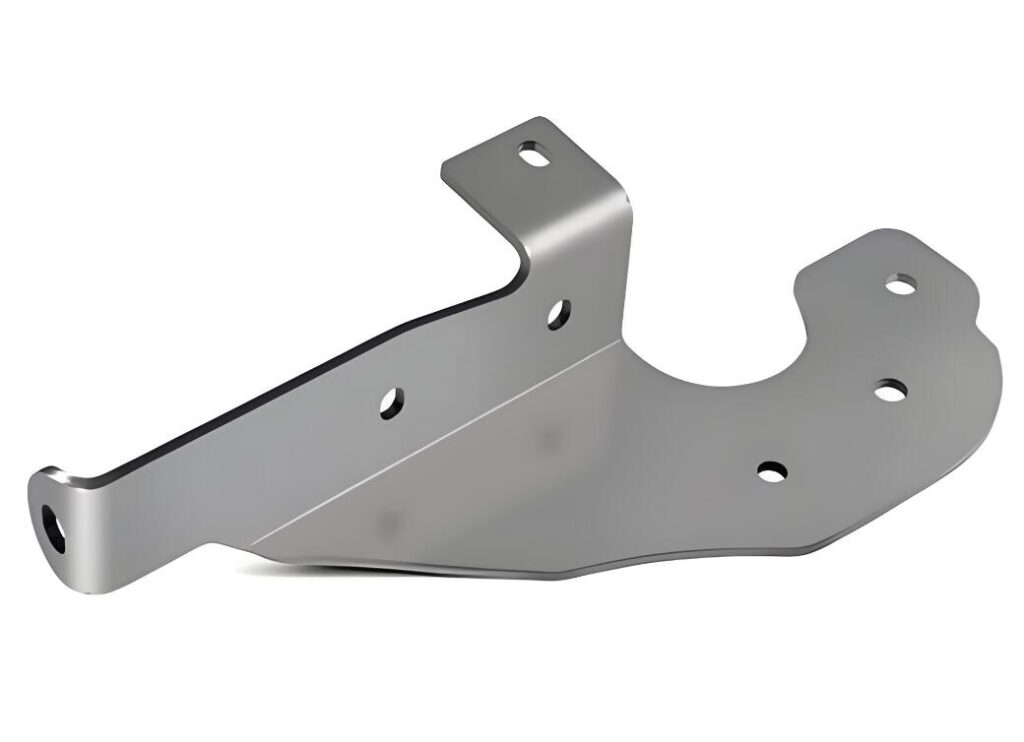
How Do You Put Hardware Specs in Your CAD File?
It is important to put detailed information about the hardware you are using in your CAD file. This will help you avoid delays and make sure you are using the right parts. For instance, you need to specify hardware like self-clinching nuts and flush-head studs in the information at the top level of your assembly. This will tell your manufacturer exactly what hardware to use and where to put it.
If you tell your manufacturer you are using a self-clinching nut like CLS-440-2, they will put it in the right place. By providing clear information about the hardware you are using, you can make sure your manufacturer knows what you want and will reduce the risk of mistakes. Giving your manufacturer detailed information about the hardware you are using will also help make sure the assembly process is smooth and that all the parts fit together like they are supposed to.
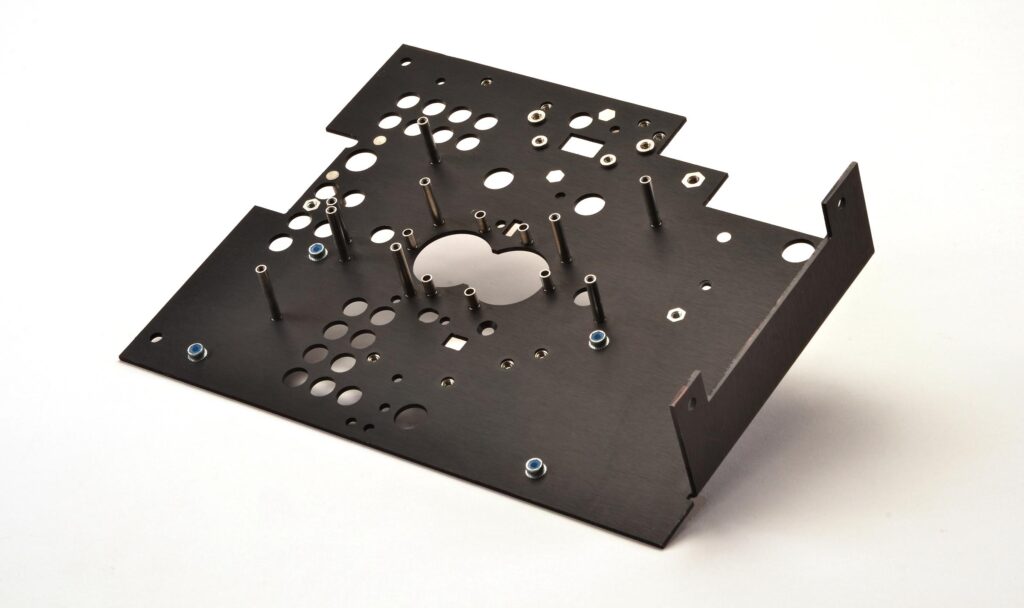
What Finishes Should You Consider for Your Sheet Metal Parts?
It is important to pick the right finish for your sheet metal parts to make sure they look good and are protected. Some finishes like powder coating give you some protection and make your part look better. Other finishes like chromate conversion provide corrosion protection and electrical conductivity. Picking the right finish can also affect how long your part will last and how well it will work in its intended environment.
For example, galvanized steel is good for environments where you have a lot of corrosion, but you can’t weld it because it makes toxic fumes. Think about the environment where you are putting your part and what you need it to do when you pick a finish. This will help you make sure your parts work the way they are supposed to and look good. Also, consider the application and the way your part will be used when you pick your finishes, as different finishes give you different levels of protection and make your part look different.
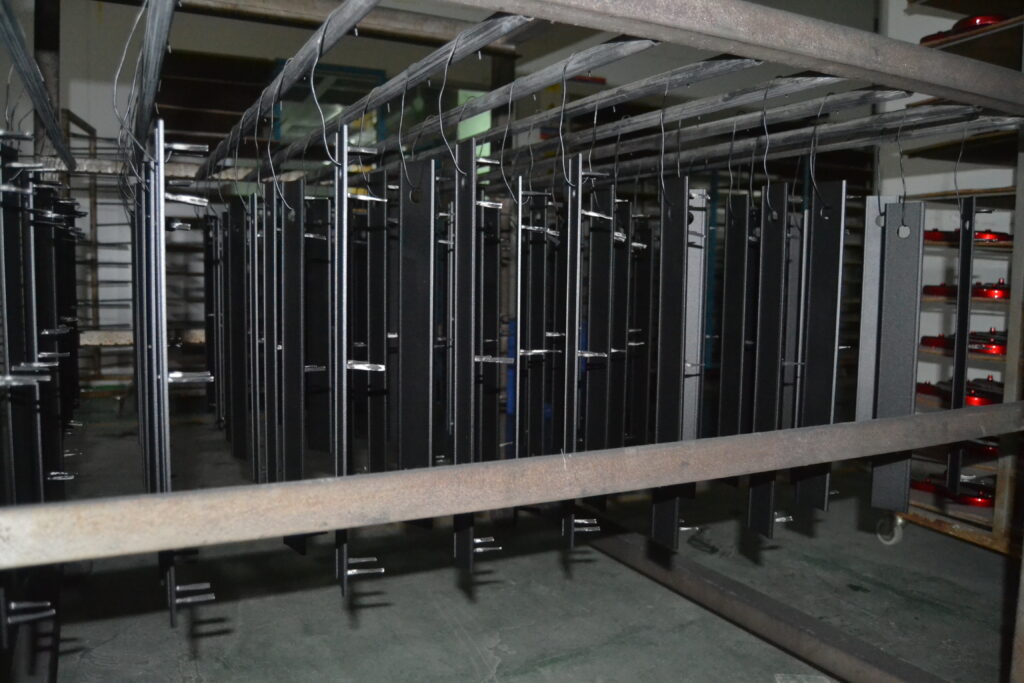
How Do You Pick the Right Sheet Metal?
If you pick the wrong sheet metal, your parts won’t work right and your customers won’t be happy. You need to think about things like how well the material resists wear and corrosion, how easy it is to make your part, and the mechanical properties of the material. These factors will help you pick the right material for your part and the environment where it will be used.
For instance, if you put plain steel in a salty marine environment, it will rust really fast. Think about where your part will be used and what you need it to do to pick the right material. This will help you make sure your parts last and your customers are happy. Also, think about how much the material costs and how easy it is to get, as well as how well it works with the processes you are using to make your part.
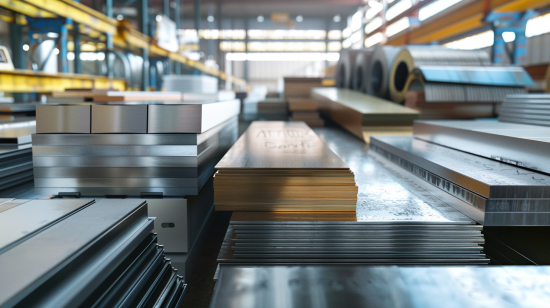
Why is U-Channel Strength Important?
When you are designing U channels, you need to think about how strong the material is and how easy it is to bend. It is best to keep the width to height ratio of your U channel at least 2:1. This will help you make your U channel without bending it too much or distorting it.
For instance, if you make a narrow U channel, you might have to weld or rivet it, which will cost you more money. Make sure your design can be made with the tools and materials you have to avoid problems. Also, think about how much you are going to load your U channel and how much stress it will be under to make sure it is strong enough.
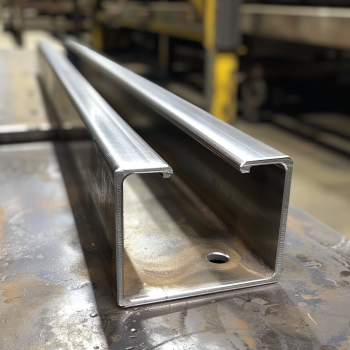
How Do You Make Sure Your Weld Requirements Are Realistic?
You need to design your parts so they can be welded together easily. Make sure your welds are in places where you can get to them and make them right. For instance, it is hard to weld seams inside a closed box, so you should avoid doing that. Instead, design your welds on the outside where you can get to them.
Put your welds in your model so your manufacturer can see them. Don’t put welds in places that are hard to get to or where the material is too thin. If you design your parts right, you will have good, strong welds and you won’t have problems making them. Also, think about how thick the material is and what kind of material you are using when you are designing for welding, as different materials need different welding techniques.
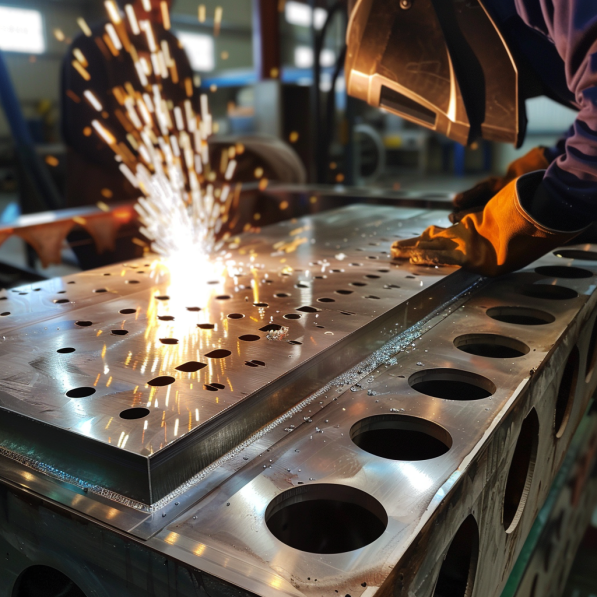
Why is Designing for Assembly Important?
When you design sheet metal parts, you need to think about how you are going to put them together. You want to make sure your parts are easy to put together and that you don’t have to use a hammer to make them fit. When you design your parts so they are easy to put together, you will save money on labor and make your production process faster.
For instance, if you design your parts so they snap together, you won’t make mistakes and you won’t have any problems. Think about how your parts fit together and how far apart they are supposed to be. When you design your parts so they are easy to put together, you will have better quality and your parts will work the way they are supposed to.

Conclusion
If you avoid these common mistakes in sheet metal design, you will save time, money, and frustration. When you think about the material you are using, how you are going to make your parts, and you talk to people, you will make your parts faster and make sure they are good quality. If you need help making your parts, you can talk to us at Premium Rapid & Mold.

